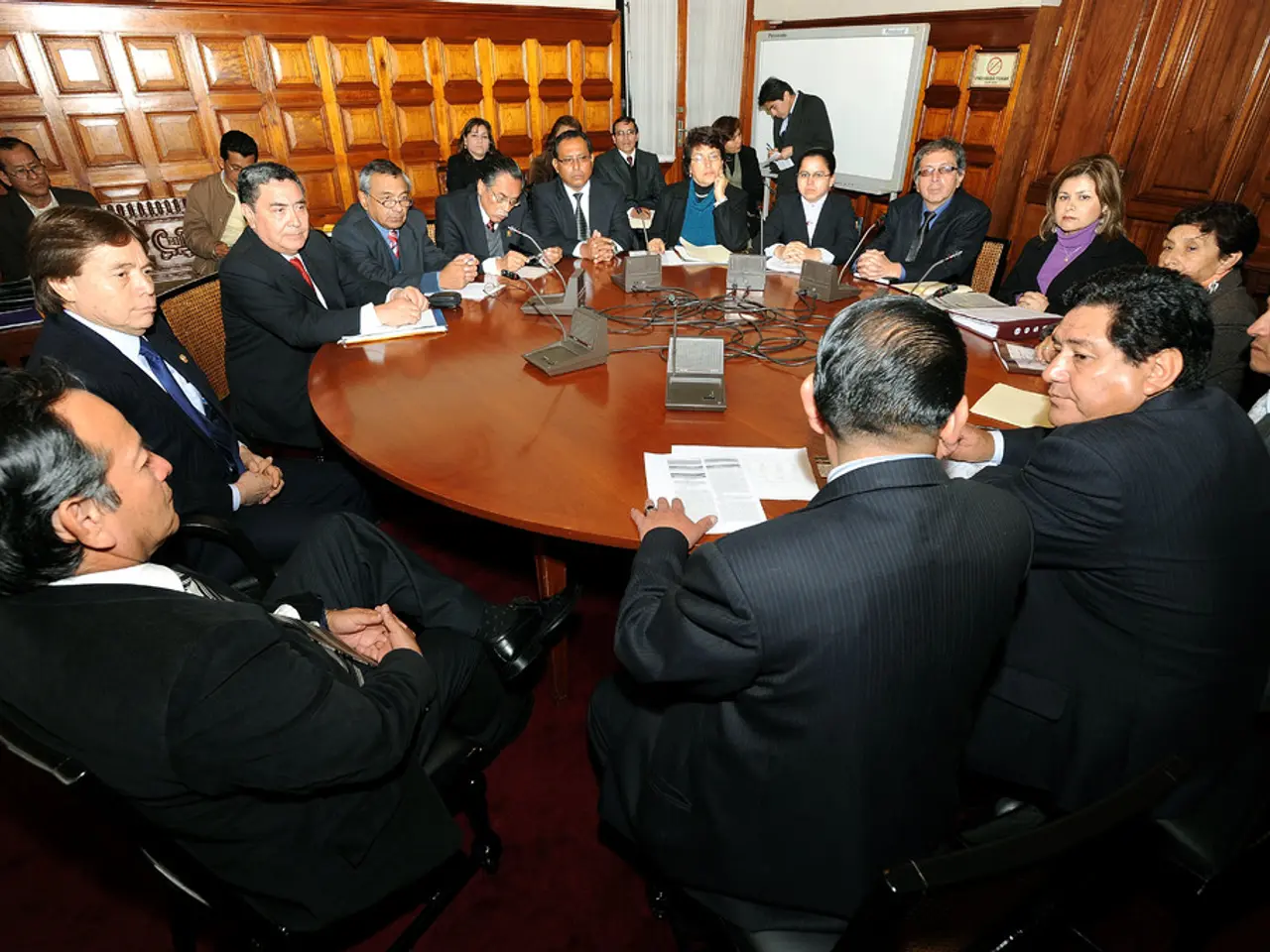Strategies for maintaining meeting productivity
By Joel Schwartzberg, HBR 2022/01
In the fast-paced world of business, meetings are essential for driving decisions, fostering collaboration, and achieving organisational goals. However, unproductive meetings can waste valuable time and resources. Here are ten tactics to help you, as a leader, keep your meetings focused, efficient, and productive.
- Create a Clear and Structured Agenda Develop an agenda that outlines the meeting's purpose, key topics, and desired outcomes. Assign time slots for each agenda item to keep the meeting focused and efficient. Circulate this agenda to all participants beforehand so everyone knows what to expect and can prepare accordingly.
- Set Expectations and Define Roles Communicate the meeting's objectives and clarify the roles each participant will play during the discussion. This sets a purposeful tone and ensures that everyone understands their contribution towards reaching meeting goals.
- Select the Right Participants Invite only those individuals who are necessary to achieve the meeting's purpose. Having the right people involved facilitates effective decision-making and prevents overcrowding or distractions.
- Schedule Appropriately and Send Reminders Choose a meeting time that maximises attendance and participants' focus. Send reminders in advance to ensure everyone remembers and prepares for the meeting.
- Prepare Materials and Talking Points Gather and distribute any necessary documents or background information before the meeting. Prepare and organise your own talking points in alignment with the agenda to maintain clarity and control during the session.
- Foster an Open but Focused Discussion Encourage open dialogue where all voices can be heard, but also keep discussions focused on the agenda items to prevent tangents.
- Make Decisions and Identify Next Steps Aim to make clear decisions by the end of the meeting and assign actionable next steps with responsibilities and deadlines. This follow-through ensures the meeting's objectives translate into results.
- Start and End On Time Respect participants' time by beginning and concluding the meeting punctually. If the agenda is too packed, consider shorter or multiple sessions to maintain productivity.
- Give Credit Briefly When recognising a team member's contribution, state who they are, what they did, and how it impacted the organisation. However, keep these acknowledgements brief to prevent the meeting from becoming too lengthy.
- Know When to Stop Speaking As a leader, know when you have finished your point and stop speaking to allow the meeting to move forward.
By following these steps, you, as a leader, will increase the likelihood that the meeting achieves its intended purpose effectively. These tactics also help build pre-work into meetings, help teams focus, and minimise distractions.
- To enhance conversation during meetings, consider discussing the latest trends in lifestyle, fashion-and-beauty, and food-and-drink to stimulate creativity and foster a more enjoyable environment.
- While traveling for business, visiting local home-and-garden stores and restaurants can provide unique insights and serve as potential corporate gifts and client entertainment options, strengthening relationships.
- In the pursuit of achieving coveted cars, hosting a company-sponsored car show or motorsports event could foster team bonding and client engagement, which could boost overall morale and productivity within the organization.




